Why You Should Be Tagging Your Curriculum
Why should you tag your curriculum? Because it makes it easier to skim, search, analyze, evaluate, and use what you use to teach.
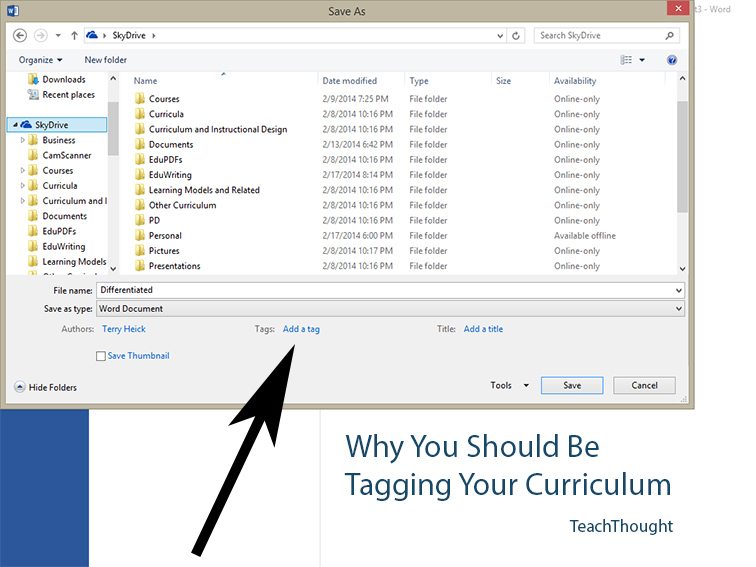
Why should you tag your curriculum? Because it makes it easier to skim, search, analyze, evaluate, and use what you use to teach.
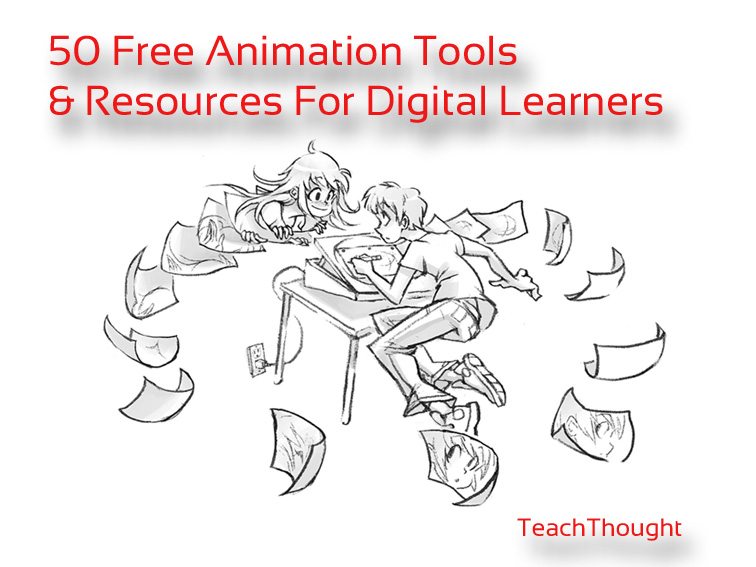
Some of the free animation tools here give educators basic histories of animation while others have the animation already and set in motion.
What Is Really, Truly ‘Best For The Kids’? by Terry Heick What’s best for the kids. I remember hearing this phrase when I was handed a towering stack of fluency probes that represented about 3-4 hours of “in addition to” work per week. I wasn’t against the idea behind it all (supporting the literacy of…

Artificial Intelligence will be a core part of learning, helping students choose books, assessment forms, learning strategies, and more.
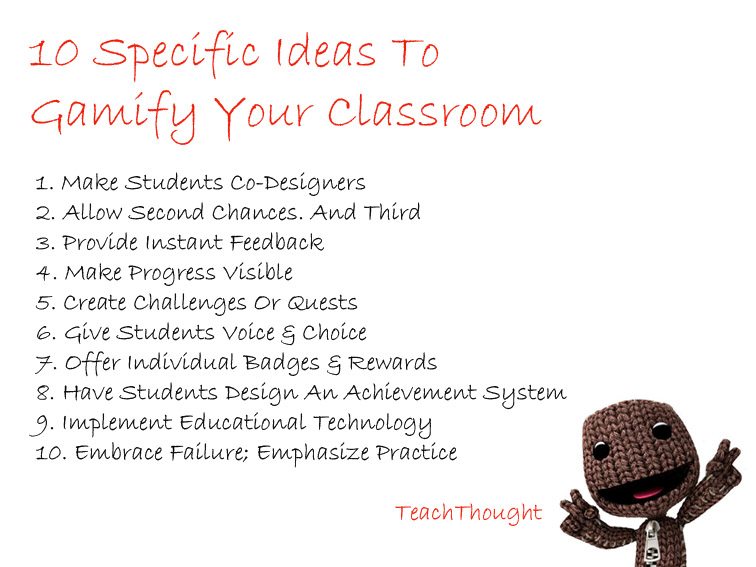
Gamify your classroom with challenges, feedback, levels, creativity, and rewards to motivate students to learn, and master concepts.

Kendrick Lamar winning the Pulitzer Prize in music is important because of context: race continues to be a wound on the American landscape.
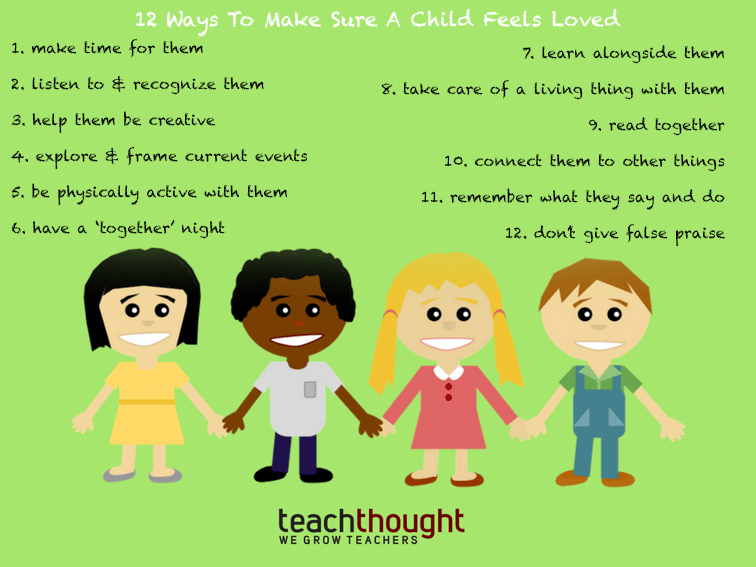
Our society seemingly focuses less on the importance of simply showing love and more on the expectations children are “supposed to have”.
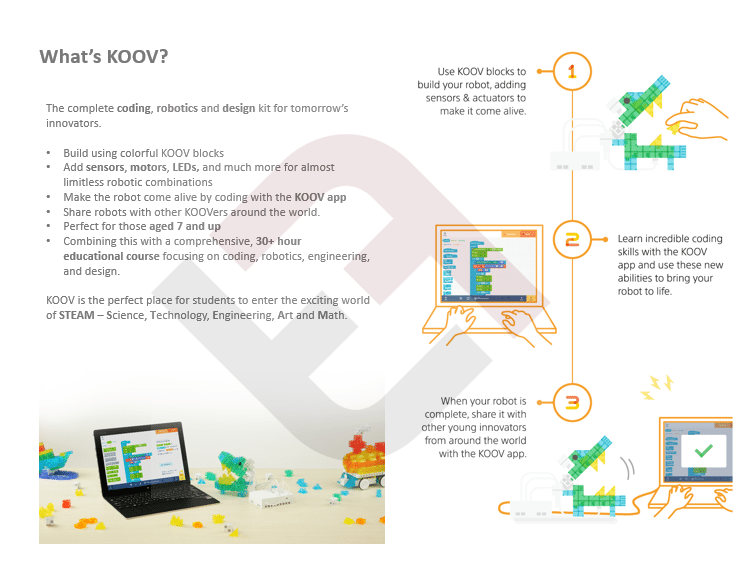
KOOV Robotics: An All-In-One Solution For Teaching Robotics In The Classroom contributed by KOOV Educator Kit This content was sponsored and created by KOOV Robotics and Sony Electronics with guidance from the TeachThought editorial staff Teaching coding and robotics in the classroom presents challenges for almost any teacher. In today’s technology-driven world, STEAM-focused education helps…
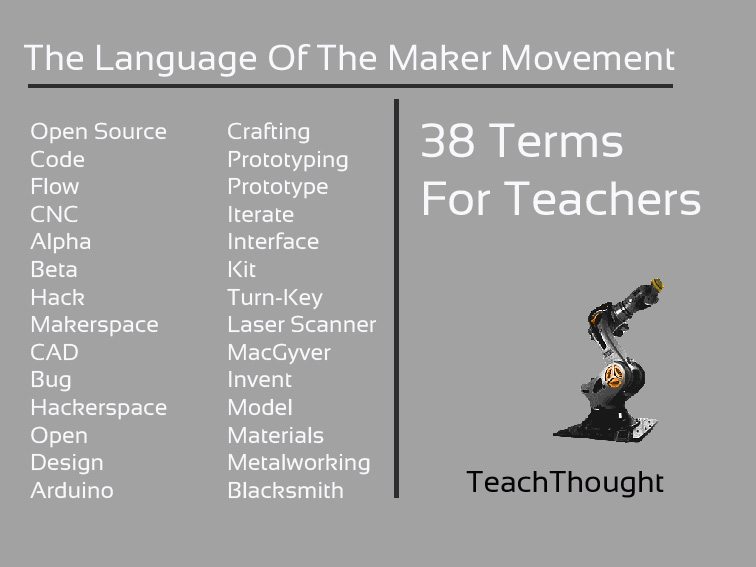
As with any niche, there is jargon that may keep things murky for you. Here are 38 examples of the maker movement language.

Explain When You’re Creative by Danielle Shanley, Director of Curriculum & Instruction for the New Milford Public Schools Below is an assignment recently given to a 10th grade classroom. The assignment was inspired by Ken Robinson’s The Element. As you may remember, Ken Robinson defines The Element in the first book you read earlier this…

If you listen to students and talk to their families, you can often find a wonderful and authentic idea for a project-based learning unit.
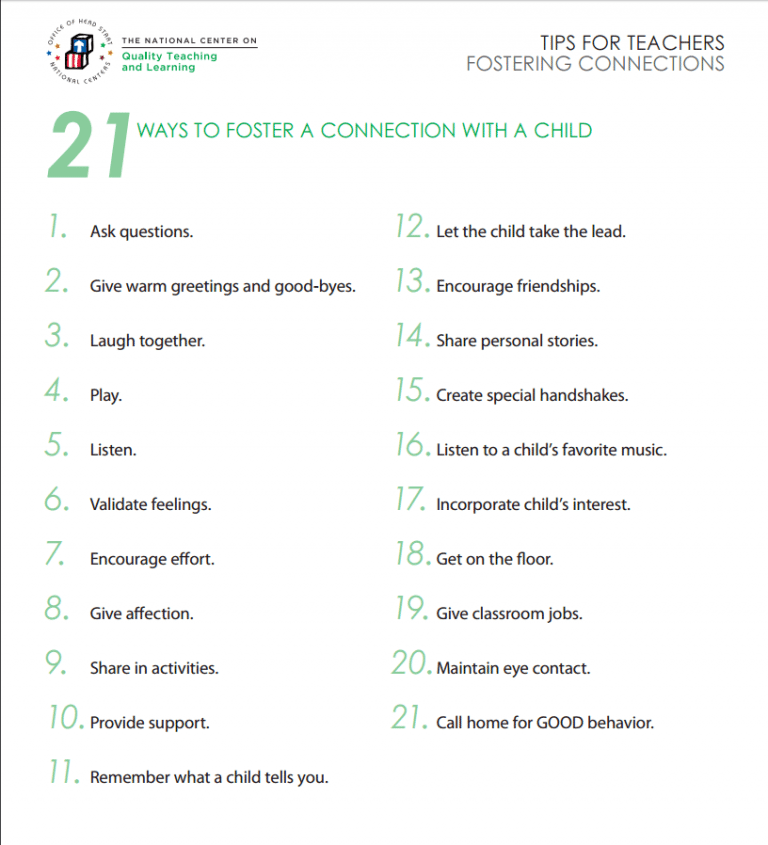
From asking questions to empowering students to expressing affection, building better relationships starts with these suggestions.
End of content
End of content